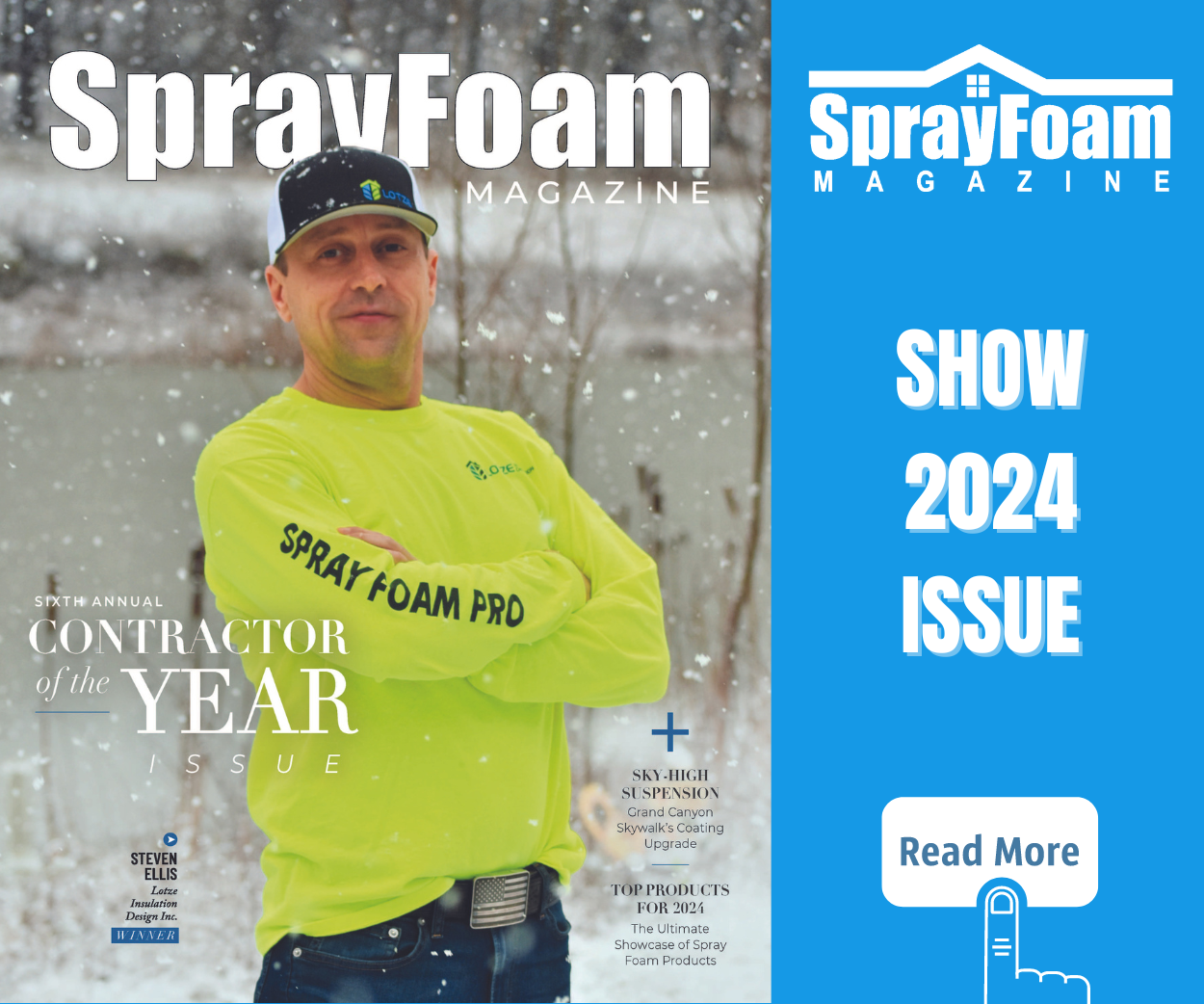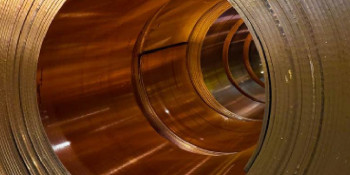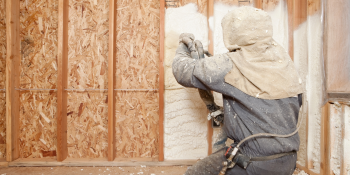Q&A Forums
Mechanical ventilation? Post New Topic | Post Reply
| Author | Comments |
|---|---|
|
Dave Strnad
Posted: Jul 22, 2006 11:38 AM
|
Mechanical ventilation?
I am not sure about things and am trying to understand to make sure I'm not misleading people. Ok many people, inspectors, hvac guys etc, say that air exchangers are required when using spf. I cant find where this is required and no ones explanation has satisfied me. I here houses have to breath, you'll get sick if its too tight, the humidity needs to excape, etc. Whats myth whats reality? I am looking for studies and research. Cant really find anything concrete. If i have to bring in outdoor air, why use spf you still have to heat/cool the air whether it comes through the wall or is introduced into the furnace, BTUs are BTUs. Next how can you remove humity from your house by pumping humid air into it, doesn't make sense. Seems like an a/c or humidifier would be a better option. Also as far as health how can dirty contaminated outdoor air full of allergens be better than a good filtration system. Anyway I'm trying to understand and it seems like alot of people have opinions that don't make sense I would really appreicate some opinions and explanations from others in the business. THe fact is that only 1-2 houses in the county per month are sent to plan review with spf in the design and the rest must just get by most of the time. I don't really want to do business that way even though the atitude of the local inspectors is if your using spf you need mechanical ventilation but say "we do not inspect insulation" and basically said most get by with out unless it is in the original plan submitted.
|
|
Posted: Jul 22, 2006 07:12 PM
|
current building science...even the non foam builders....is to "build it tight...ventilate it right...manage the indoor air quality for a healthier home"...this is well documented by the ALA..EEBA,,NAHB,,and a multitude of others... i see mechanical ventilation on most all homes in our area (except the "slap-happy-homes" of which they get what they pay for...even the fiberglass homes,,,builder are just building tighter...some like it tighter than others... i tell them from the first conversation we have that FOAM NEEDS TO BE COVERED WITH A THERMAL BARRIER WHEN IN THE OCCUPIED SPACE,,,FOAM REQUIRES MECHANICAL VENTILATION... this should be on your proposal/contract too... amazing what selective hearing/memory some people have... |
|
Dave Strnad
Posted: Jul 22, 2006 09:27 PM
|
I guess local practices are different. The only time I have seen mechanical ventilation used is with ICF's and the lowest cost installed system that I am familier with runs about $3000 installed. This on top of the added cost of spf is going to be a stumbling block in the market that I was going to try to go after. Personally I don't see how people are claiming a 40% energy saving when using air exchangers. Unless I have it wrong the energy savings is from eliminating infiltration and air exchangers are just controlled infiltration it takes btu's to heat or cool that air, it doesn't matter how it's coming in. |
|
John Shockney
Posted: Jul 22, 2006 10:26 PM
|
Ok, everyone let's get the term right to recomended: HVAC standards call for a HEAT RECOVERY VENTALATOR to be install so all vented air goes through it and makeup air is returned to the house. This is recomended for every house. This means that every bathroom vent fan, kitchen exost fan or any exost fan be ducted to the HRV, to recover the heat normaly vented outside and use it to heat or cool incoming makeup air. Also remember that other things in the house require makeup air like clothes drier, vented gas applinces should be in inclosed machical rooms with combustion air supply seperated and sealed from the living spaces of the house. I'v been an HVAC service tec and contractor for 30 years working for other contractors and self-employed (unemployed according to the banks) I haven't seen a homeowner, builder, or hvac contractor follow these recomadations. And the inspectors don't know the new equipment. Heck I had a gas comp. service man try to lite an electronic ign. furnice an damage the gas valve doing it. Thanks guys Airpro |
|
Posted: Jul 22, 2006 11:27 PM
|
HRV heat recovery ventilator ERV energy recovery ventilator what he said |
|
John Shockney
Posted: Jul 23, 2006 07:04 AM
|
I'm sorry I'm wrong (first time) on the kitchen exost fan do to the grease and fire hazard it should be exosted to the outside in heavy gage steel vent pipe with a fire resistant wrap or fire-rocked chase, no foam applied here. Thanks Airpro |
|
Dave Strnad
Posted: Jul 23, 2006 07:11 AM
|
I understand the concept and I know that a HRV is more efficent than just piping in cold air, but most of these systems move around 130 cfm and cycle on every hour. That is a lot of air and it still takes money to heat that air. The exhaust air cannot totally heat the incoming air and even if it could your still paying to heat that air, its not free. I don't mean to argue I am new to the business and have done my first job sucessfully and am getting ready to heavly advertise.I got into this business because I believed SPF was an awesome product I didn't even know what kind of money you could make untill later. Recently I have heard so much information and all of these negitive things about SPF I am not sure what to tell people. I can not sell something that I am not 100% behind. I have the following concerns: 1) HRV is required and costs at least $3000 installed for the lowend system and $5-6000 for beter.) HRV is almost never used in my area.(SPF cost plus HRV cost = hard sell for average home and to local contractors. (SO now SPF cost an extra $6000 for smaller home and personally I don't buy the 40% savings when a HRV is used. Even if I did with todays prices it would take 8-10 years to pay for not 3 like some suggest. 2) Locally R-15 in walls R-38 in ceiling is code. Also locally 2.5 in walls and 4 in Ceiling is used. Ceiling does not meet minium, even if I believe its better I now have to ask the builder or howeowner to lie on a signed document that R-38 was installed. (insulation is not inspected the builder or homeowner has to fill out a worksheet and check yes or no) 3)If I read the code right SPF needs to be covered with a barrier in the attic. Locally this is not being enforced, but still kinda bothers me. So I guess my problem is I am an ethical person and a value seller. I know the benifits but what and how do I tell people about these other concerns? The HRV is my biggest corcern because it is not used in my area and when it is, the HVAC guys stick it to people. I have worked in the trade for 5 years so I know. I beieve in SPF but feel that after telling the benifits that if I talk about these other things I will not sell many jobs, but I can not lie to customers. |
|
Dave Strnad
Posted: Jul 23, 2006 09:04 PM
|
Ok after much research I understand the need for mechanical ventilation also have found that lower cost units are availible $500-$600 bucks installed. Apperntly the HVAC guy I work for likes to rape people I found the same unit that he charges an additional $3500 to install for $400 retail. That is probally why I have never installed one in the 5 years that I have worked for him. I still believe that they are not very efficent because if you do the math the warmest that it can warm the incoming air is 1/2 the difference so if it is 60 inside and zero outside the incoming air is only 30 and needs to be heated and that is if it was 100% effiecent and they are not. regardless $500 is no big deal but $5000 is . |
|
Melvin Chandler
Posted: Jul 25, 2006 12:12 AM
|
3)If I read the code right SPF needs to be covered with a barrier in the attic. Locally this is not being enforced, but still kinda bothers me. Can someone explain this in further detail??? |
|
Dave Strnad
Posted: Jul 25, 2006 06:57 PM
|
There is a section in the state building code about plastic foam insulation. It states that if it is used in a living space it must be covered with a 15 min fire barrier. Also states that when used in attics and crawl spaces it will be protected from ignition and then lists 1.5 " of mineral wool, and several others. IT does allow you to leave sill plates and headers exposed if it is 2lb and less than 3.125 inches. There is also a section on specific aproval for materials tested by astm e 84, FM 4880, UL 1040, NFPA 286, ASTM E 152, or ul 1715 or fire test relalted to end use configurations. I'm not sure what that means, i didn't think that those test where specific to actual application approvals. (Such as 4" in the attic uncovered.) Anyway locally the standard practice is to apply 4" of closed cell in the attic uncovered. so my issue is 1) that does not meet local r-value codes of 38. 2) Even if you can get away with doing this and code officials are not worried about this, Should I BE? |




























